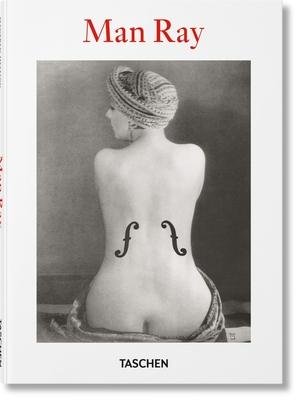Man Ray (1890-1976) was a polymath modernist, working in painting, sculpture, film, printmaking, and poetry. But it was his work in photography, with nude studies, fashion work, and portraiture that saw him pioneering a new chapter in the history of camerawork and art.
With a wide-ranging collection of both his famous and lesser-known works, this monograph gives a vivid overview of Man Ray's multifaceted practice and photographic legacy. It traces Ray from his artistic beginnings in New York through to his central role in the Parisian avant-garde, where he featured in the first Surrealist exhibition with Jean Arp, Max Ernst, Andr Masson, Joan Mir, and Pablo Picasso and produced such now iconic works as Noire et blanche and Le Violon d'Ingres. Through numerous examples of still life, portraiture, and beyond, we see how Ray constantly experimented with new techniques, pushing photography out of its documentary domain into ethereal, poetic expressions through multiple exposure, solarization, and the particular brand of photograms he wittily termed "rayography."

Man Ray (1890-1976) was a polymath modernist, working in painting, sculpture, film, printmaking, and poetry. But it was his work in photography, with nude studies, fashion work, and portraiture that saw him pioneering a new chapter in the history of camerawork and art.
With a wide-ranging collection of both his famous and lesser-known works, this monograph gives a vivid overview of Man Ray's multifaceted practice and photographic legacy. It traces Ray from his artistic beginnings in New York through to his central role in the Parisian avant-garde, where he featured in the first Surrealist exhibition with Jean Arp, Max Ernst, Andr Masson, Joan Mir, and Pablo Picasso and produced such now iconic works as Noire et blanche and Le Violon d'Ingres. Through numerous examples of still life, portraiture, and beyond, we see how Ray constantly experimented with new techniques, pushing photography out of its documentary domain into ethereal, poetic expressions through multiple exposure, solarization, and the particular brand of photograms he wittily termed "rayography."